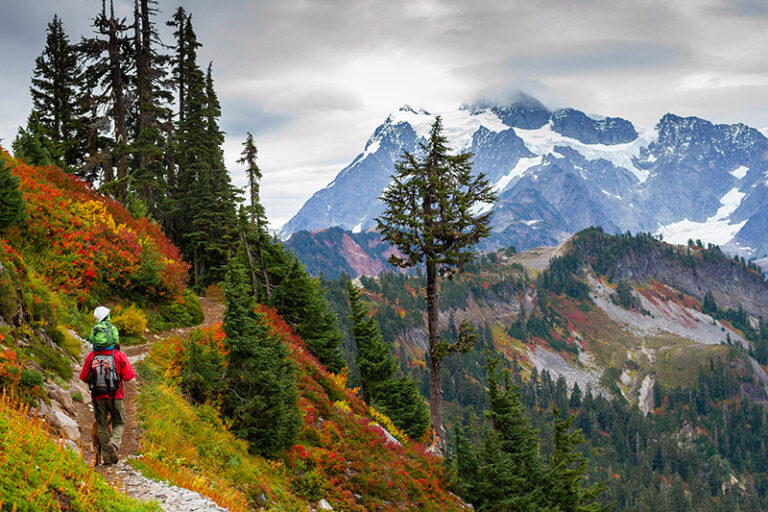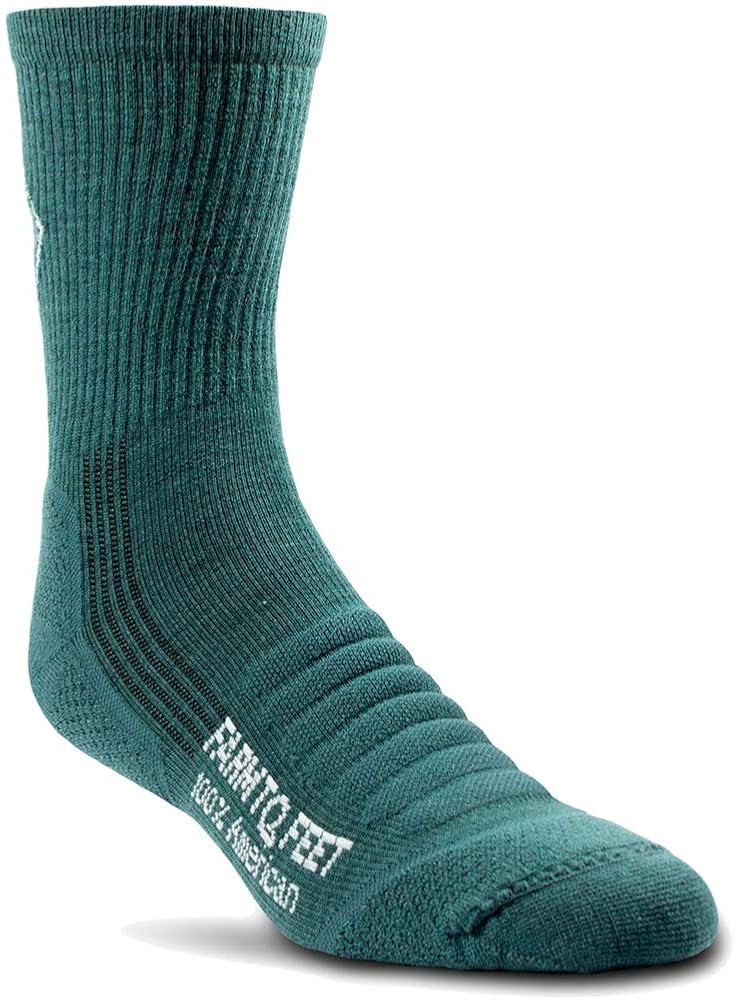By the time you read this, the family of Cooper’s Hawks at Comstock Park have been basking in warmer climes for some time. “Snowbirds” like some Spokanites, Cooper’s hawks prefer California or Mexico in the fall and winter. My husband and I observed five of them for about a month. We were so taken by their antics that we invited friends and neighbors to join us on our visits. The hawks are active in the early morning or evenings like most diurnal animals. When we were birdwatching, our upturned faces and pointed fingers gained the attention of dog-walkers and picnickers who frequent the park. The people who took notice seem equally smitten with the hawks.
Had we not settled down one evening last summer on a metal bench in the northwest corner of the park to enjoy the quiet, we would have missed the juveniles entirely. As we sat and spaced out, enjoying the solitude, one Cooper’s hawk, then another, followed by two more, flew down from a ponderosa pine. One cautious sibling stayed in the tree and watched us. It never ventured down. The juveniles, once gathered on the grass, pounced on pinecones and jumped on sticks littering the ground. The hawks romped, chasing each other around the tree base, and jumped on one another’s backs. The young hawks reminded me of kittens play-fighting: claws out, but no intent to harm.
Cooper’s hawks (also called chicken hawks, quail hawks and big blue darters) hunt small birds in flight, but they will also chase mammals like squirrels and marmots on the ground. They are agile, athletic birds with command of both land and air – a double threat. The first night we observed them, we paid attention to their noises, their hawk call, like a high-pitched whistle. Cooper’s hawks are easy to identify because they are so large, crow-sized, with spotted breasts and barred, white-tipped tails. Early on while we watched them, they called to each other frequently, call-and-response style, with only a few seconds between. As the hawks matured and spread throughout the neighborhood, they continued to call to each other but eventually checked in less often or not at all.
After our first night of discovery, my husband and I came prepared with our binoculars. We knew what to listen for and were ready to look and find the hawks again. I was nervous when we arrived the second night. Would they be out with so many people around? Would we be able to find them? The picnic area hosted a couple of birthday parties and several barbeque dinners. Kids ran around. Toddlers screamed. Frisbees flew. But soon after we arrived, we heard their calls.
Turns out, when the park is noisy and crowded, the hawks keep to the air. When it’s quiet, and observers don’t get too close, they take to the turf, testing their ground skills and, of course, playing. That second night, we saw the juveniles only in the treetops. But we were fortunate to see one catch and eat a small bird. (I say fortunate because I’m fascinated by their abilities. Hunting and killing are just part of their amazingness). I saw a flurry of hawks overhead and heard excited cries telling of their captured prey. We witnessed the small bird’s capture but weren’t totally sure of what we were seeing. The hawks were too fast for us to track. At first, I thought the hawks were play-fighting in the air with each other. I even worried about one hawk getting hurt as it was sitting on a branch with its wings held out away from its body. But the binoculars revealed a different story – one juvenile was eating, its wings held out to protect its meal from thieves.
If you look and listen, you can find Cooper’s hawks in mixed forests and urban areas like city parks and golf courses. They tend to fly in a flap-flap-glide pattern. They swoop and dart with precision. Once they catch their prey, they squeeze it to death, rather than eating it alive. Likely, this is more practical than a kind act.
My favorite moment of watching this family of Cooper’s hawks was on an evening when the winds brought smoke from the Chelan and Wenatchee wild fires. It was hot that early August, and the few people at the park were looking for a cool place to rest. The birds, also hoping to cool down, flew across Post Street to a sprinkler. There, they frolicked in the water, sticking their tail feathers in, flapping their wings and letting the cold water relieve the heat. They reminded me of children, happy to forget the heat and enjoy the simple summer fun. Watching these birds makes me feel like a kid too, enjoying the moment, sitting quietly in the park and wondering about the nature of things in the world around me.
For more information about how to identify Cooper’s hawks, visit: Birding.about.com/od/Identify-Bird-Families/ss/Coopers-Hawk-Identification.htm. // (Liza Mattana)













